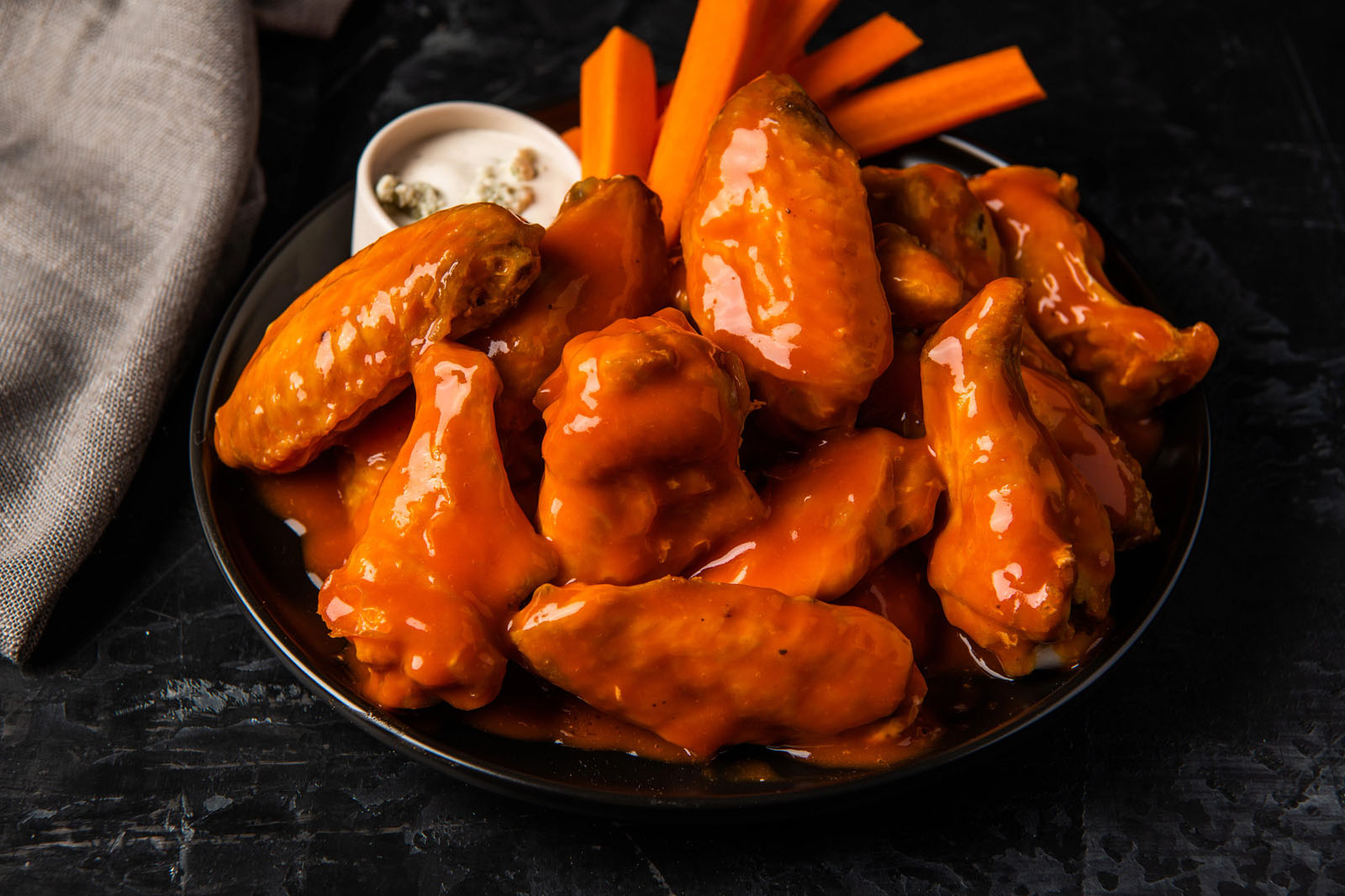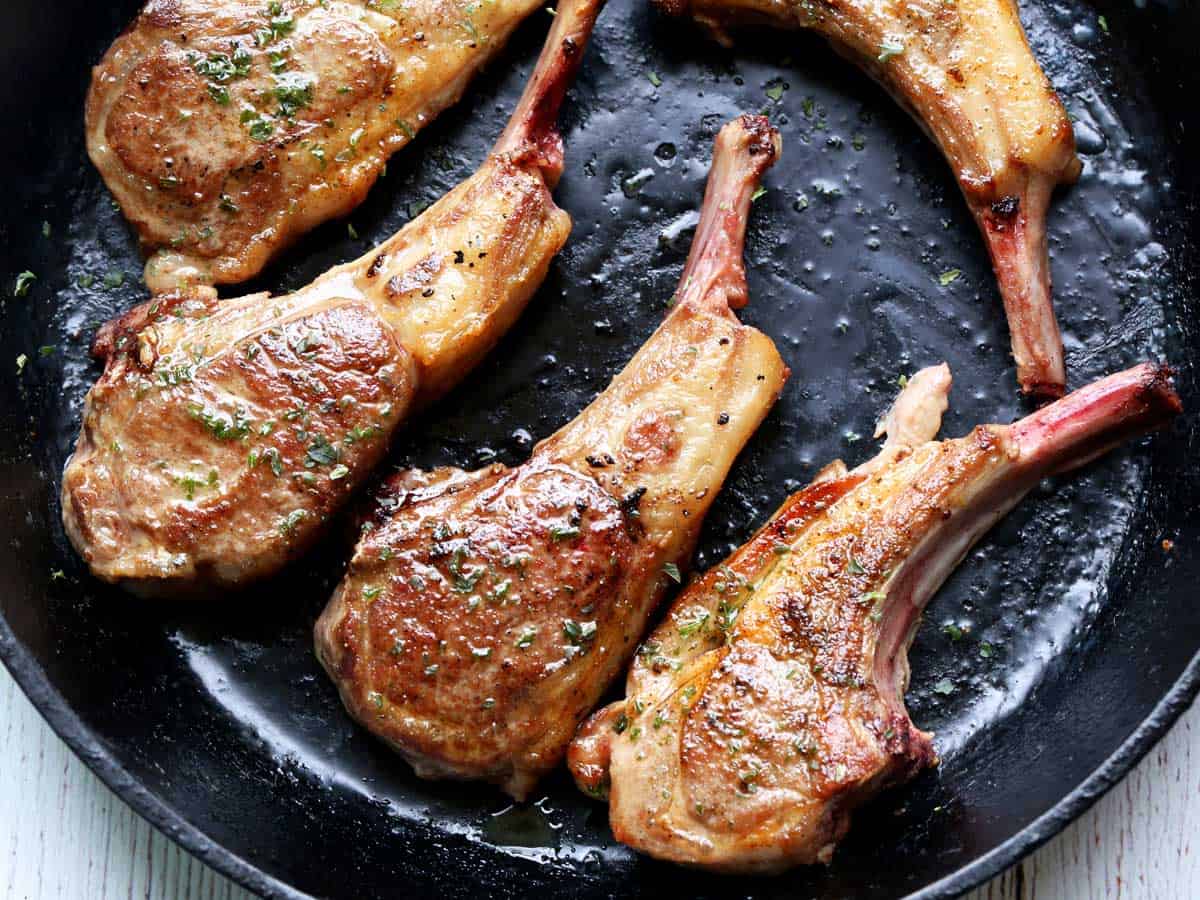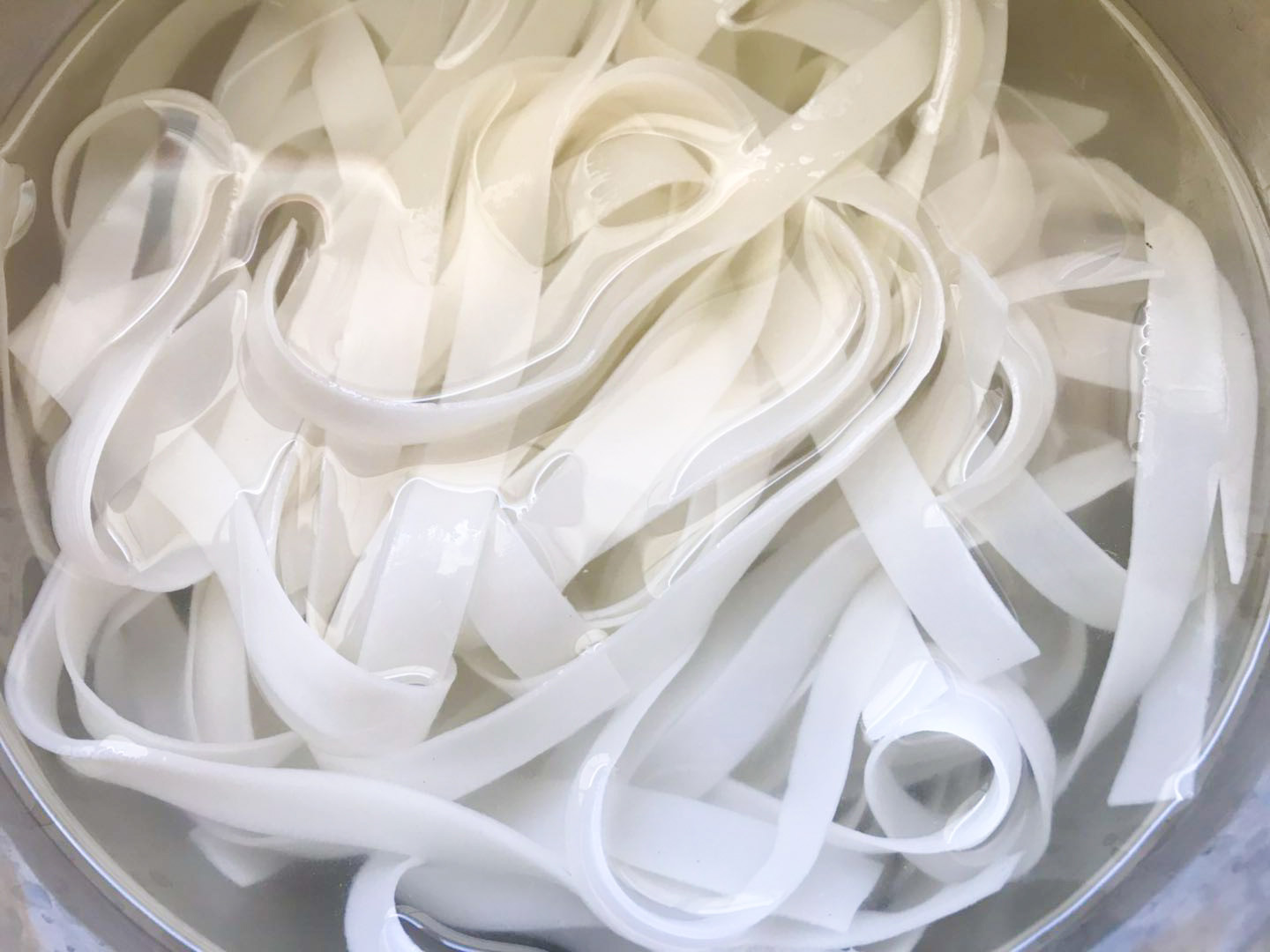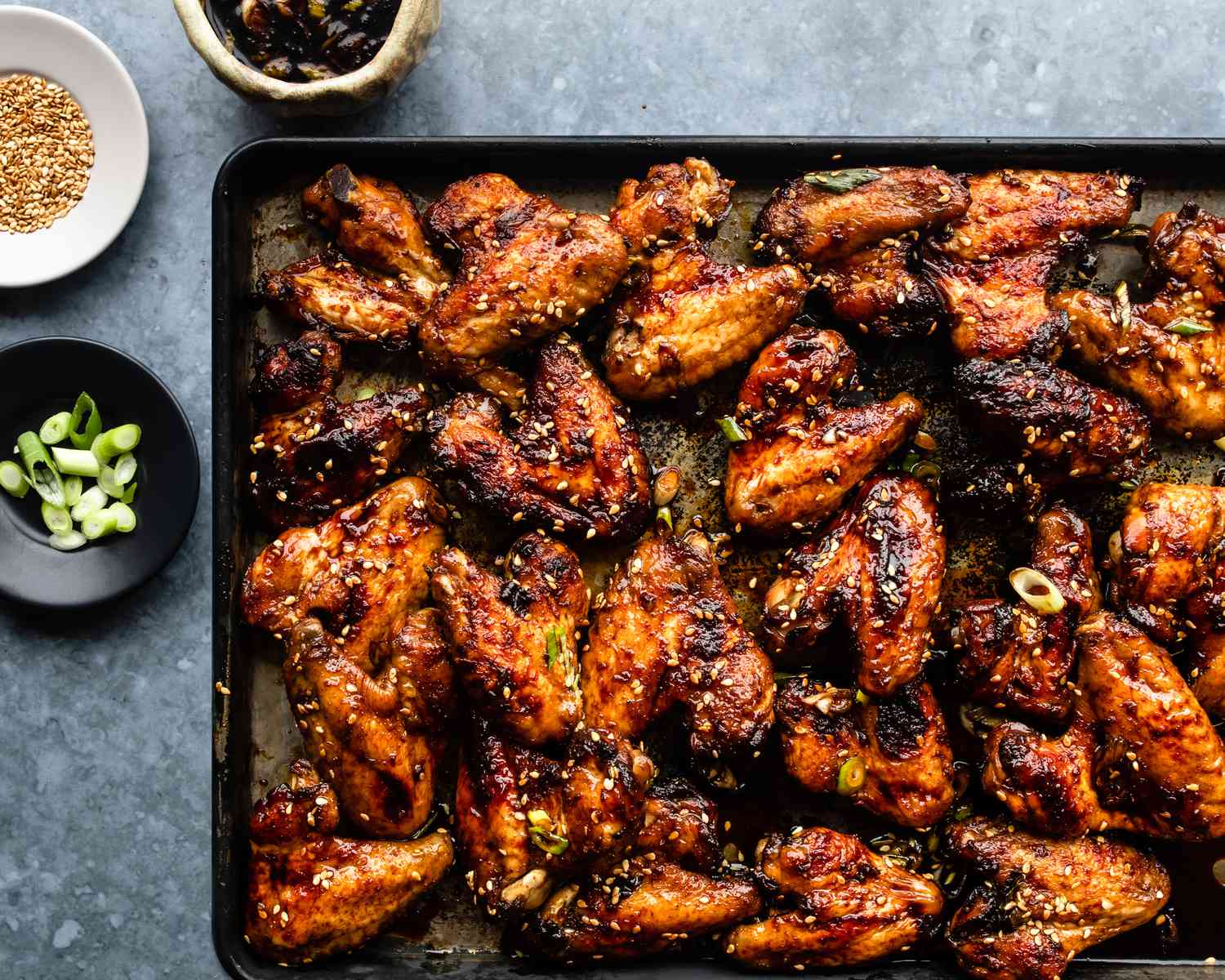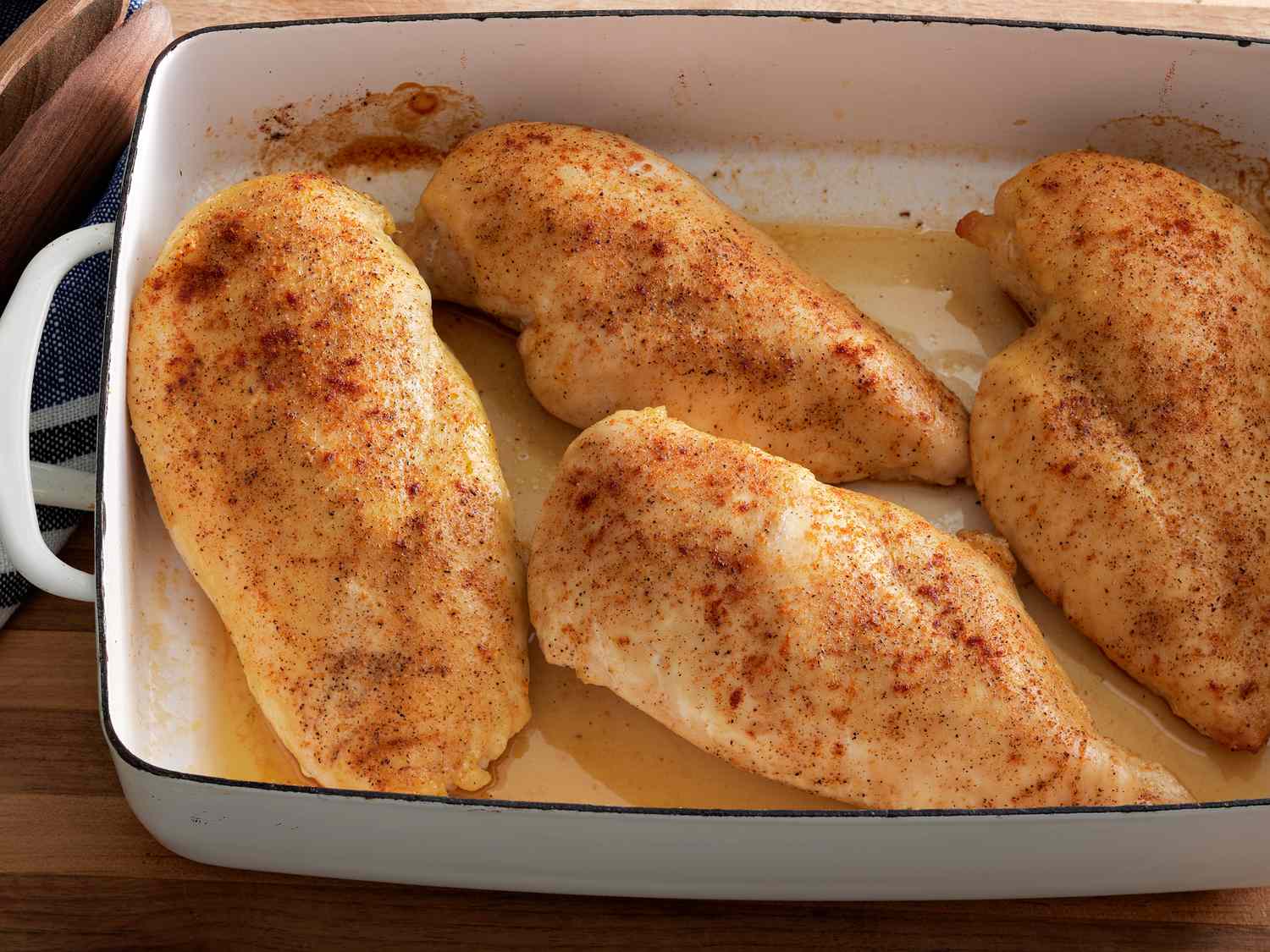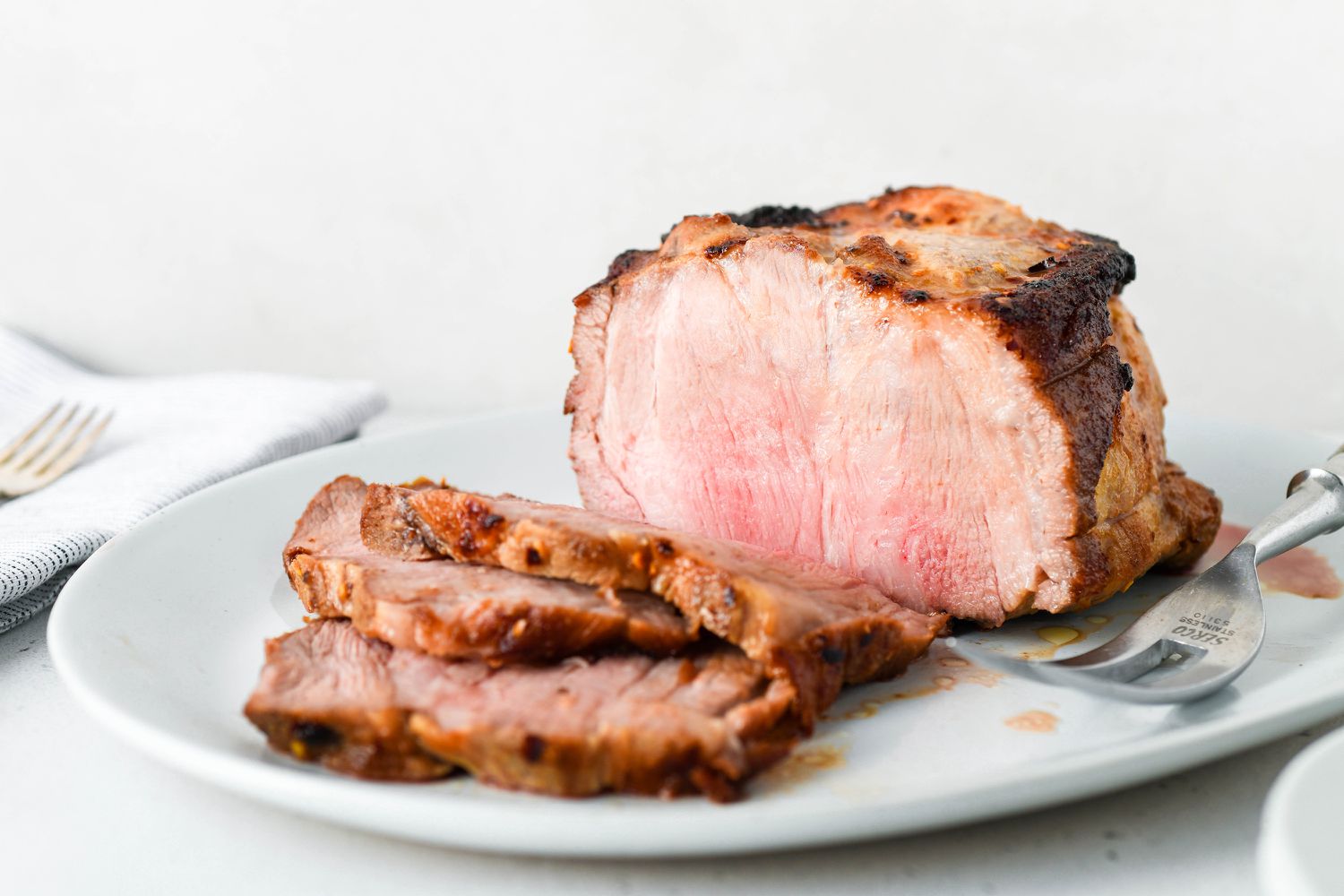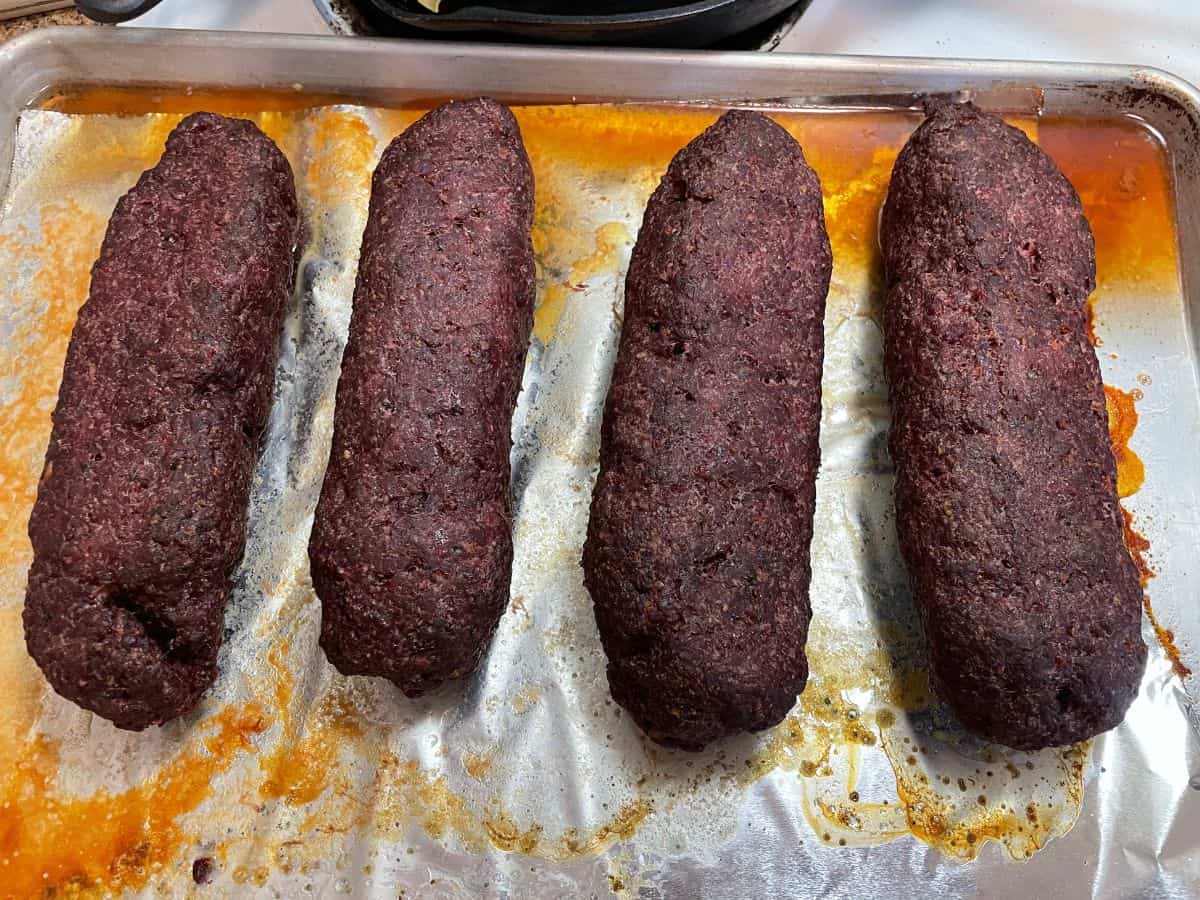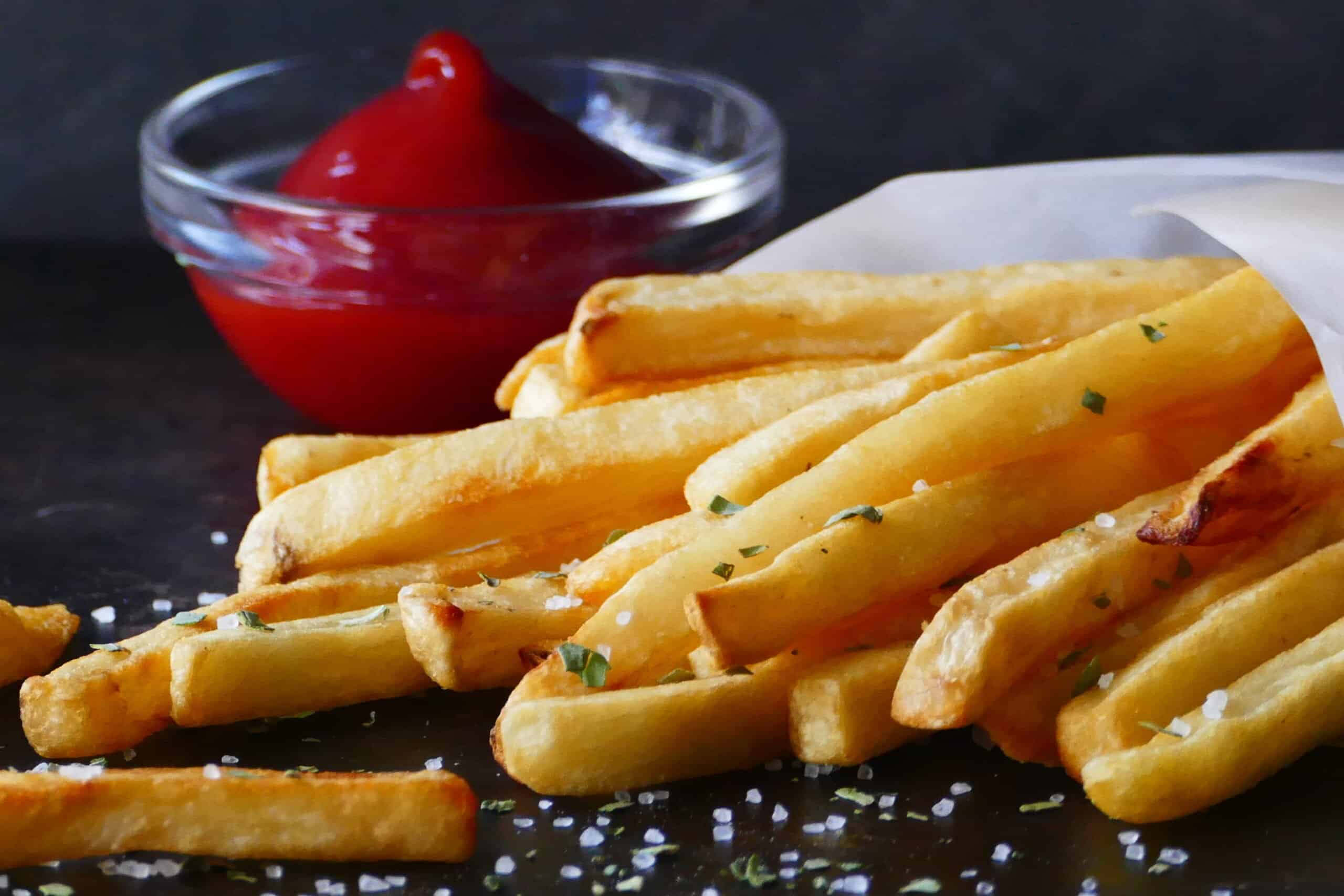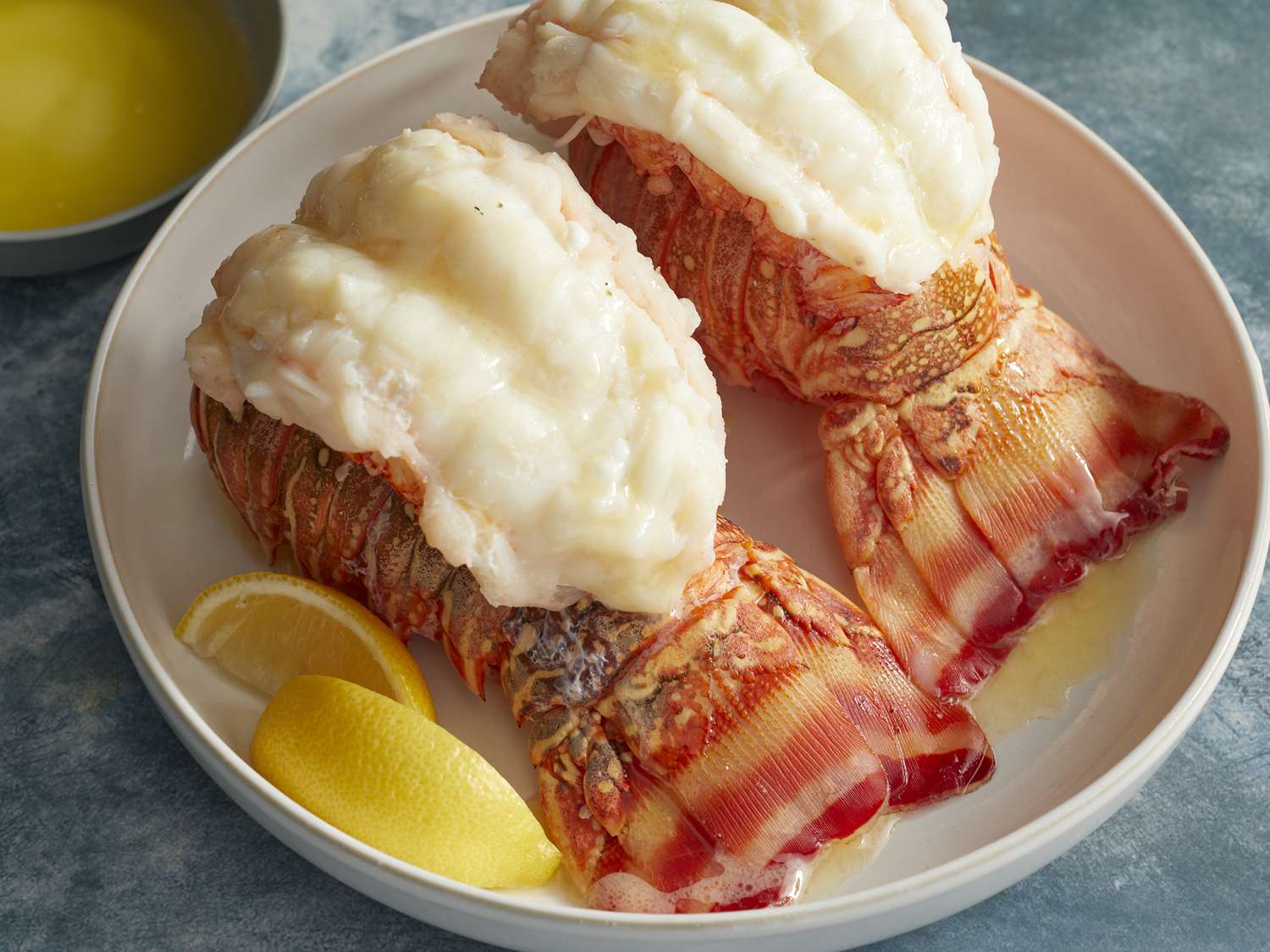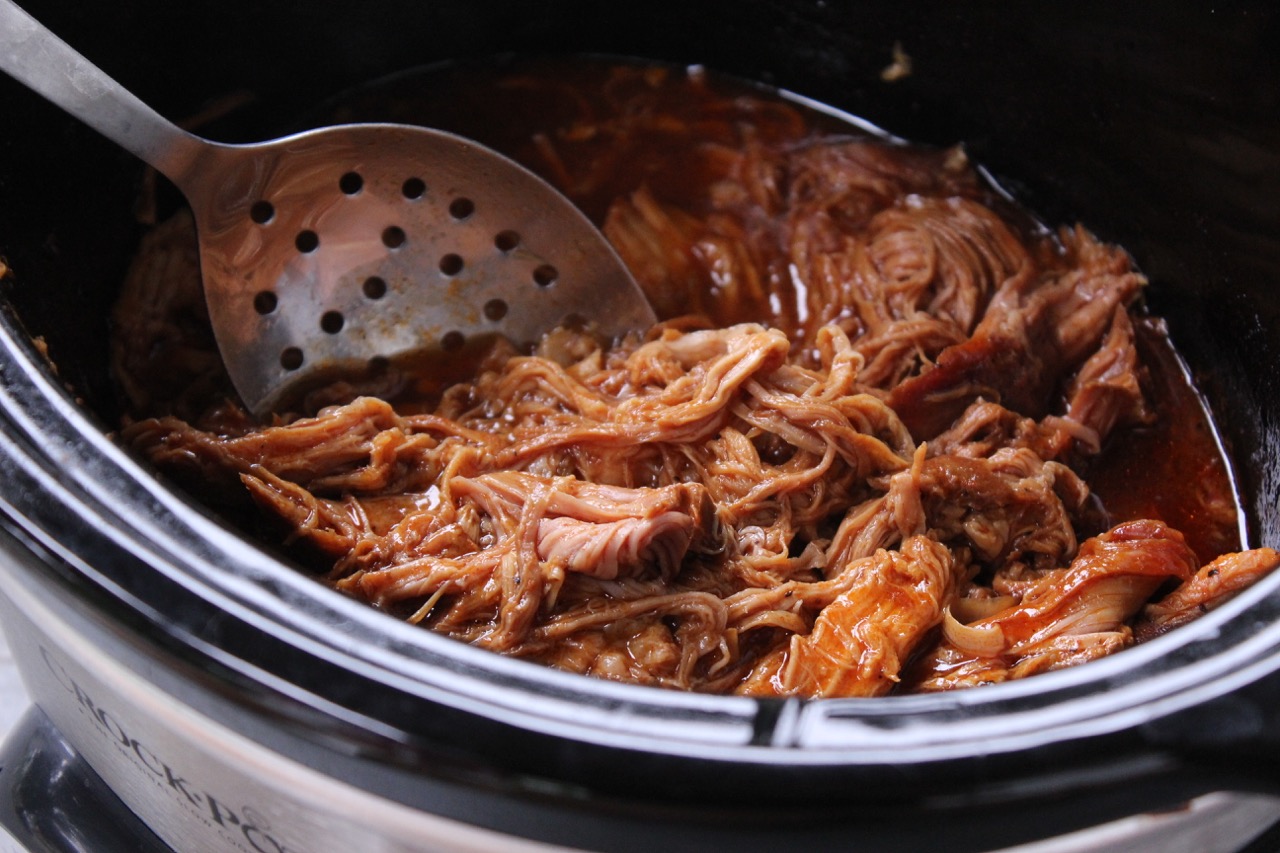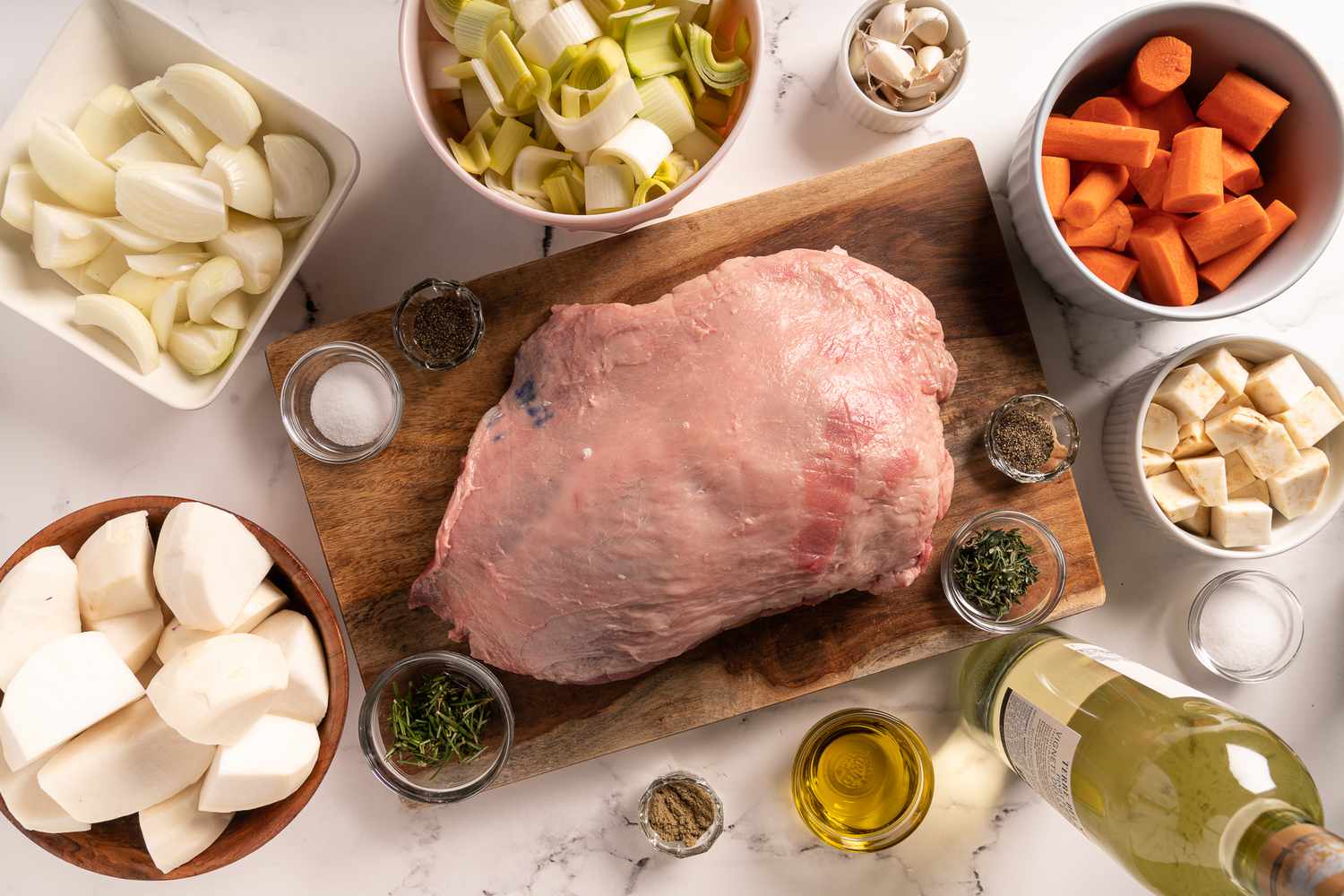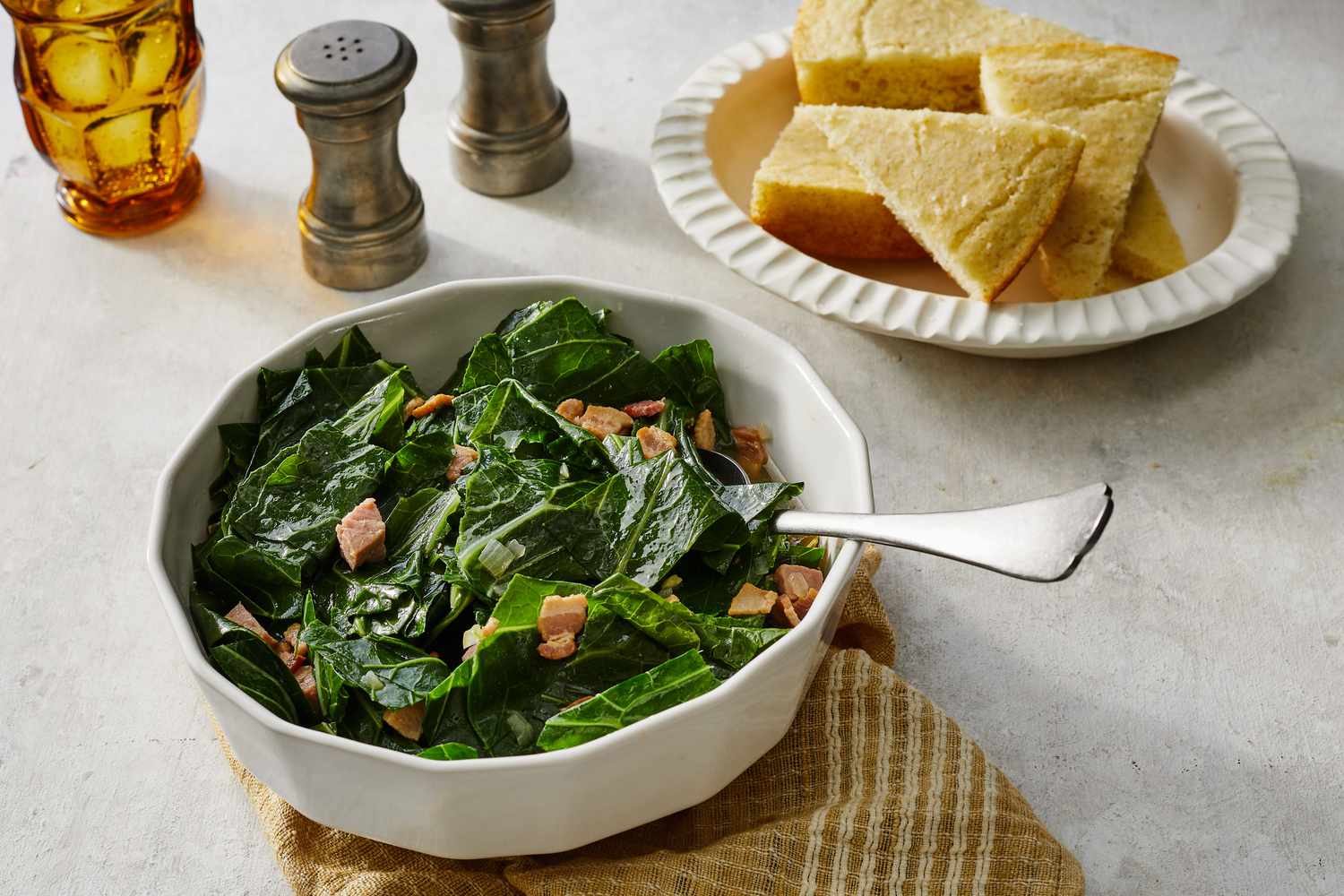Introduction
Are you a fan of game meat? If so, you’re in for a treat! In this article, we’ll walk you through the steps on how to cook deer meat, one of the most flavorful and lean meats out there. Whether you’re a seasoned hunter or simply curious to try something new, cooking deer meat can be a delicious and satisfying experience. Let’s dive in!
1. Choosing the Right Cut
When it comes to deer meat, there are several cuts to choose from. The most common cuts include the backstrap, also known as the tenderloin, which is incredibly tender, and the hindquarters, which are perfect for roasting or slow cooking. Whichever cut you choose, ensure that it’s fresh, properly butchered, and free from any gamy odors.
2. Preparing the Deer Meat
To enhance the flavor and tenderness of deer meat, marinating is key. Create a marinade of your choice that includes acidic ingredients like vinegar or citrus juice, along with flavorful herbs and spices. Marinating not only helps to tenderize the meat but also adds a burst of flavors. Let the deer meat marinate for at least 4-6 hours or overnight for the best results.
3. Cooking Methods
There are various ways to cook deer meat, depending on your taste preferences and the cut of meat you have. Here are three popular cooking methods:
- Grilling: Perfect for cuts like backstrap or venison steaks, grilling deer meat imparts a smoky flavor and delightful charred marks. Preheat the grill to medium-high heat, lightly brush the meat with oil, season it with salt and pepper, and grill each side for about 4-6 minutes or until desired doneness.
- Braising: Ideal for tougher cuts like hindquarters, braising involves slow cooking in liquid, such as broth or wine, to break down the tough connective tissues. Season the meat with herbs and spices, sear it in a hot pan, add the liquid, cover, and cook on low heat for several hours until the meat becomes tender and juicy.
- Roasting: Roasting is a classic method for cooking deer meat and works well with larger cuts, such as a whole venison roast. Preheat the oven to a moderate temperature, season the meat with your favorite herbs and spices, and roast uncovered until the internal temperature reaches your desired level of doneness. Remember to let the meat rest before slicing to retain its juices.
4. Seasoning and Pairing
Deer meat has a distinct flavor that pairs well with various seasonings and accompaniments. Consider using bold spices like garlic, rosemary, thyme, or even a dry rub to complement the richness of the meat. For side dishes, opt for earthy flavors like roasted root vegetables, mashed potatoes, or a fresh green salad to balance the richness of the deer meat.
5. Food Safety Tips
When cooking deer meat, it’s important to ensure proper food safety practices:
- Handling: Always wash your hands and utensils thoroughly after handling raw deer meat to prevent the spread of bacteria.
- Cooking Temperature: Cook deer meat to an internal temperature of at least 160°F (71°C) to ensure it’s safe to eat.
- Storage: Store leftover deer meat in airtight containers in the refrigerator and consume within 2-3 days. Alternatively, you can freeze it for up to 3-6 months.
Conclusion
Now that you know how to cook deer meat, it’s time to put your culinary skills to the test. Experiment with different cuts, cooking methods, and seasonings to find your favorite way to enjoy this delicious and nutritious game meat. Remember to respect the animal and its flavors, and embrace the unique experience of cooking and savoring deer meat.
For anyone looking to cook deer meat, there are a variety of recipes to try. The Grilled Venison Backstrap with Garlic and Herbs offers a straightforward method for those new to venison, while the Braised Venison Shoulder in Red Wine Sauce is perfect for slow-cooking enthusiasts. For a hearty meal, Venison Shepherd's Pie with Mashed Potatoes combines rich flavors with a comforting dish. For a more adventurous option, try the Spiced Venison Tacos with Fresh Salsa, which adds a zesty twist to traditional tacos. Lastly, Smoked Venison Jerky with Spicy Marinade is a great choice for those who enjoy a smoky, savory snack. Each of these recipes showcases different techniques and flavors, making them ideal for honing your skills in cooking deer meat.
Was this page helpful?
Read Next: How To Cook Imitation Crab Meat
